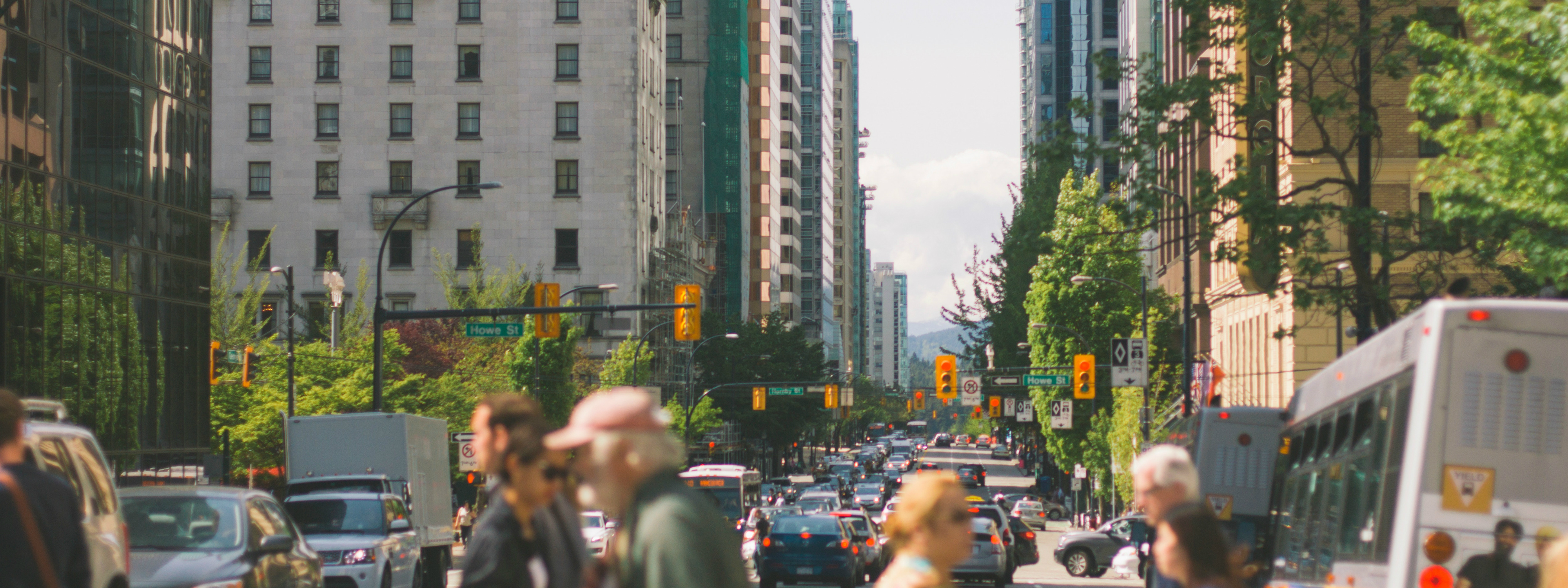Compendium of Best Urban Forest Management Practices
Chapter 17. Stormwater Management and Urban Forests
Return to the Compendium homepage here:
Compendium of Best Urban Forest Management Practices →

Compendium of Best Urban Forest Management Practices
Return to the Compendium homepage here:
Compendium of Best Urban Forest Management Practices →
Across the country, municipalities have experienced disastrous flooding in recent years due to heavy rainfall. Urban forests help to manage runoff by reducing the amount of runoff that enters stormwater and sewer systems. Trees reduce runoff through transpiration, interception, reducing soil erosion, and increasing soil absorption capacity. Additionally, they may absorb and remediate trace amounts of toxic chemicals like metals, fuels and solvents (United States Environmental Protection Agency, 2013). As a result, urban forests may reduce flooding in extreme rainfall events while also improving a city’s water quality overall (The Mersey Forest, 2014).
Factors that influence the level of interception and evapotranspiration include tree species, stature, size and leaf area density. Increasing canopy cover is a simple way to help control stormwater runoff and reduce overall quantity. Municipalities may set goals or guidelines for stormwater management through their urban forests. For example, the City of Toronto aims to minimize runoff to at least 50 per cent of the city’s annual rainfall depth and for sites to retain at least 5 mm of rainfall from each rainfall event (Toronto Green Streets Technical Guidelines, 2017). Additionally, municipalities may be able to implement stormwater fees, based on percentage of impermeable surfaces or other metrics, to encourage property owners to reduce runoff. The City of Mississauga and the City of Kitchener, for instance, have implemented stormwater fees (Environmental Commissioner of Ontario, 2016).
Canadian online resources:
Non-Canadian online resources:
Navigation